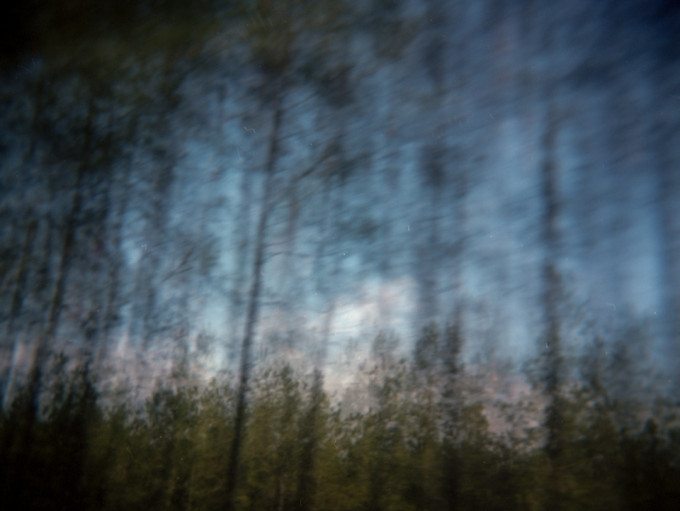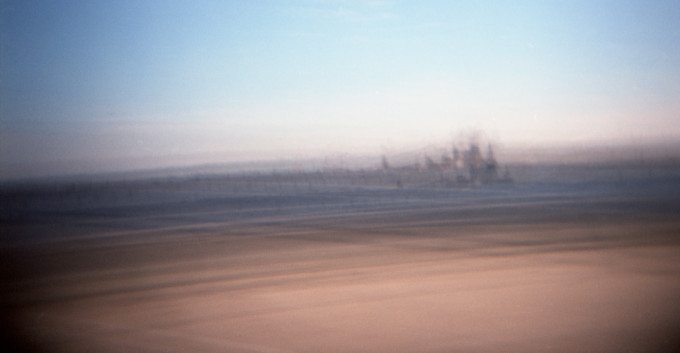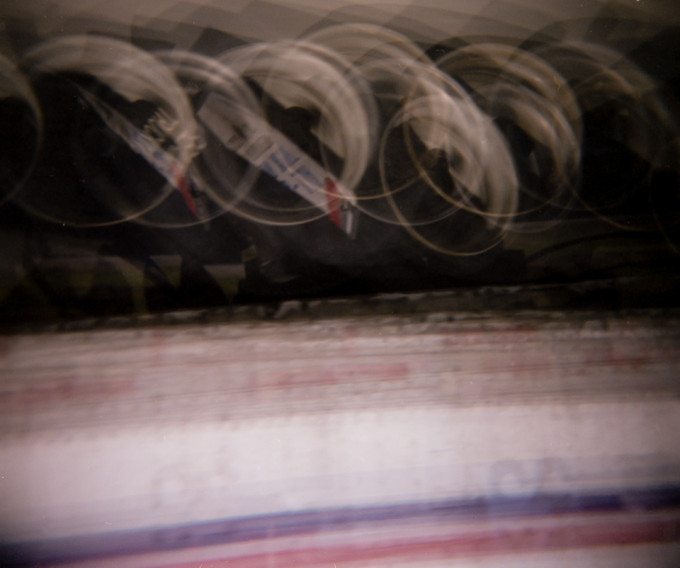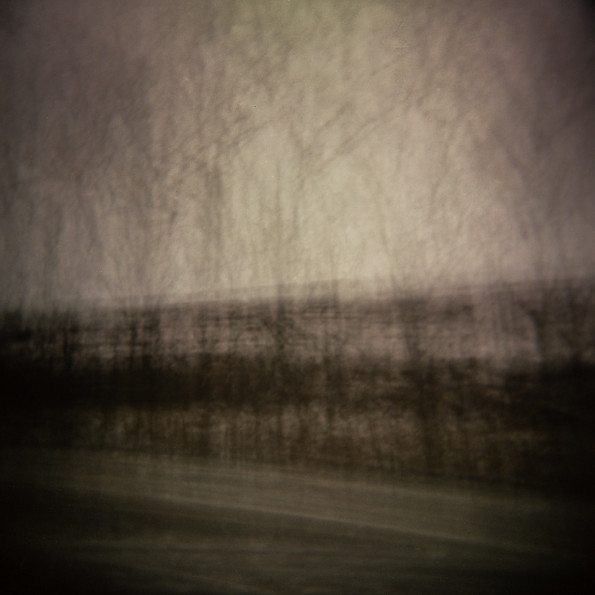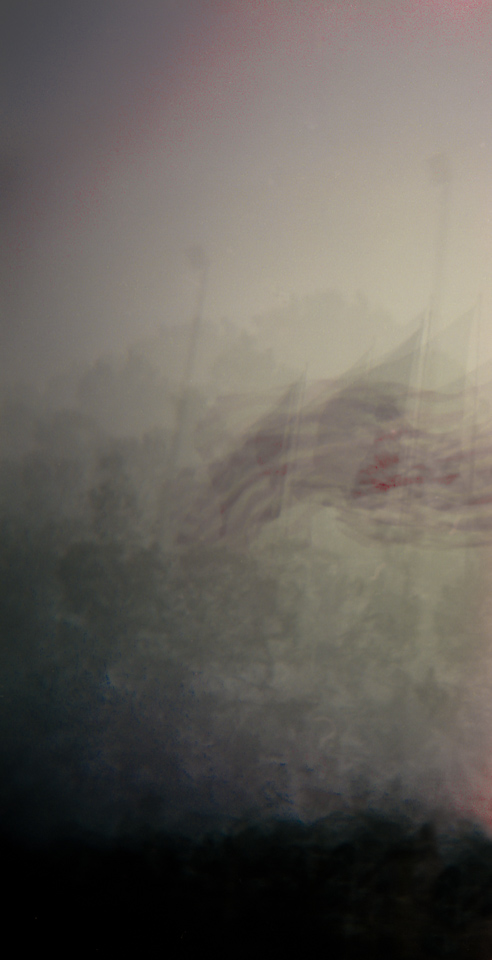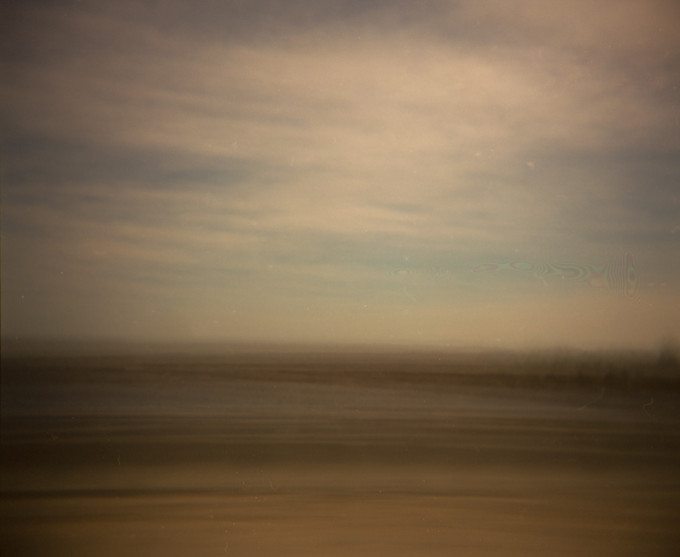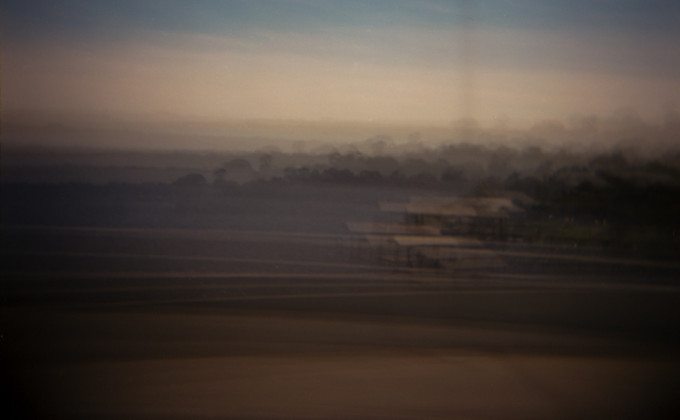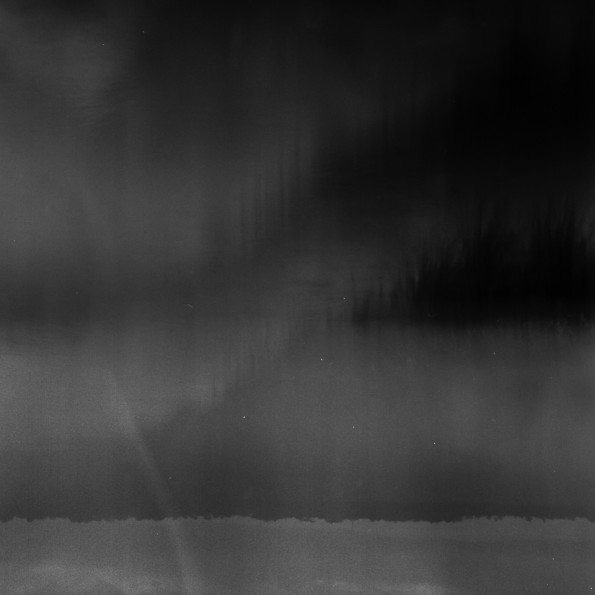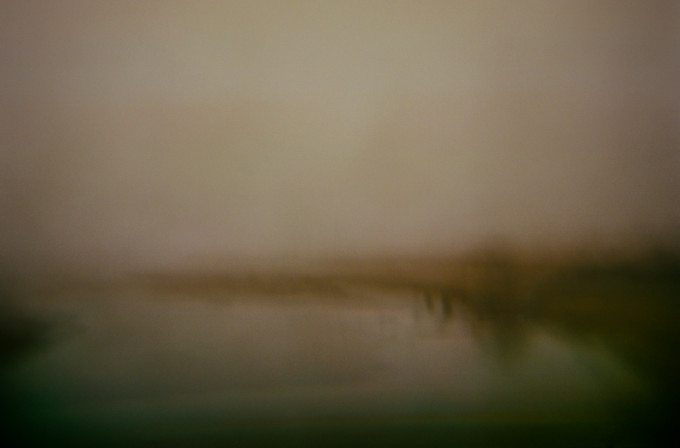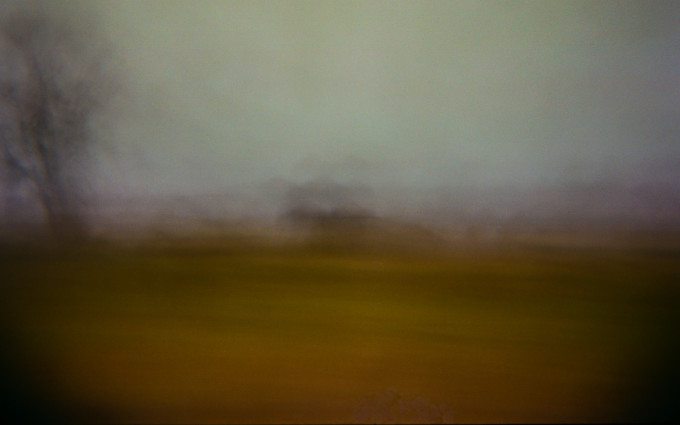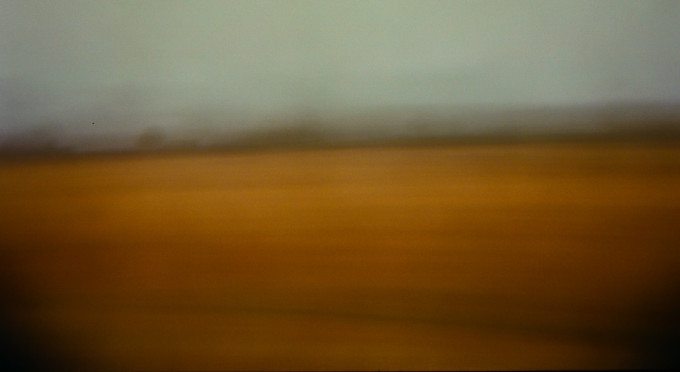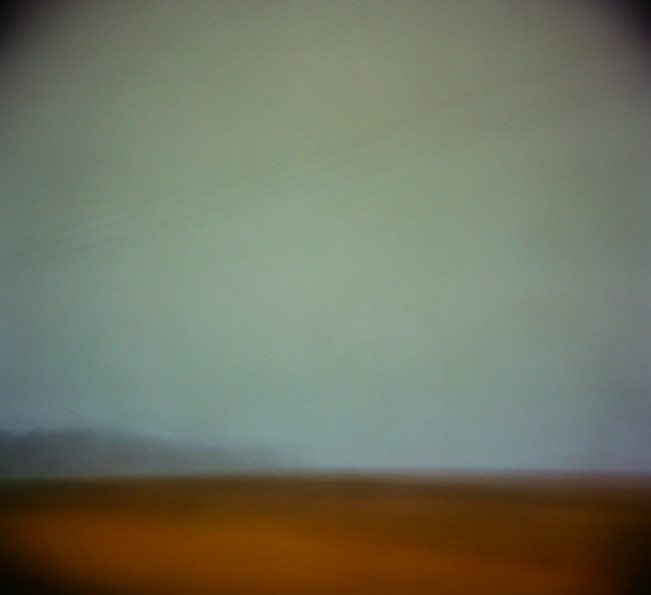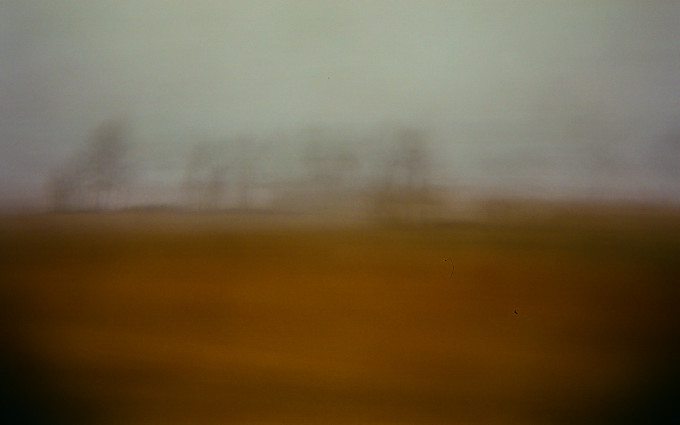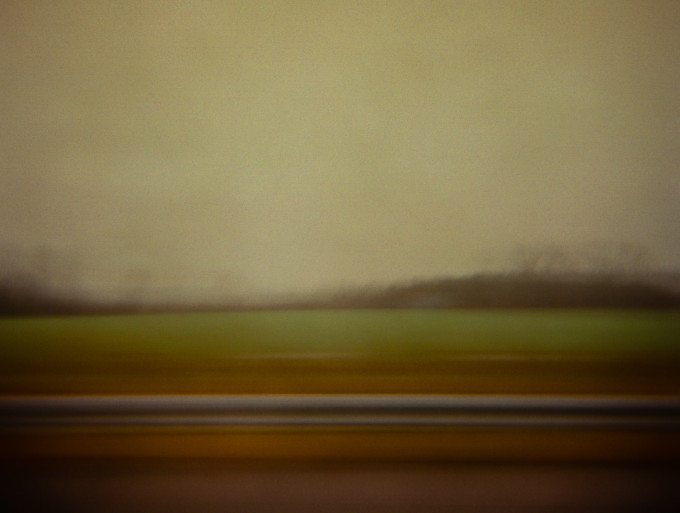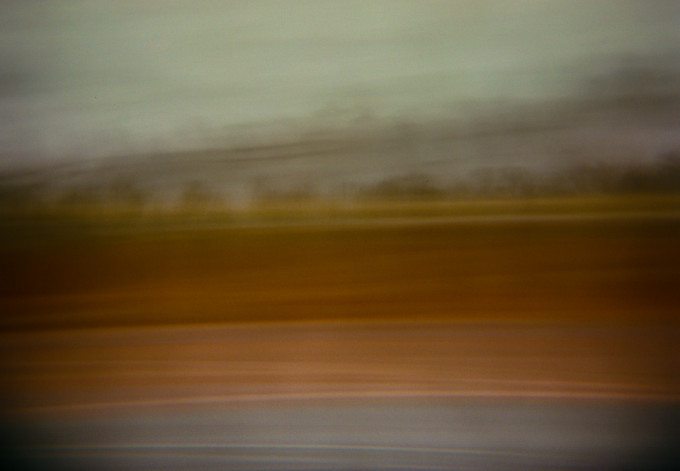Last Updated on 04/28/2015 by Chris Gampat
All images by Matthew Hall. Used with permission.
Photographer Matthew Hall was an English teacher for 13 years before closing up shop and starting to work as a photographer. Today, has has been shooting for the Philadelphia Inquirer and Daily News, first as an intern and then as a regular freelancer, on the Advisory Board for the Department of Photographic Imaging at Community College of Philadelphia and a contributor and editor for 35 to 220. But in his line of work, he eventually became bored as many photographers do.
“As you might be able to tell, I kind of got sick of taking critical sharp images and wanted to explore the other end of the spectrum.” he tells us about his Holga project using Portra 160VC and Ektar 25.
We talked to Matt about his project involving complete creativity.
Phoblographer: What got you into photography?
Matt: I have always been an image maker to one extent or another. I started drawing very early in life, and have never really stopped using images. I learned a little bit of photography informally from my dad, picking up the family Pentax here and there on vacations and at the very least learning how to read the meter and make a decent exposure.
In high school, I had an art teacher who got me into, surrealistic/photo-realistic pencil illustrations, and he would photograph his models and work from the photos rather than drawing from a live model. He taught me a bit about light and posing and composition, and had me shooting on Tri-X and getting contact sheets from a local lab as part of my drawing process.
Like pretty much everyone, I have always used photography to document my travels, and that was more or less my connection to photography as I went through college and early adulthood…the drive to become a better photographer really came from the drive to end up with better images from my travels. I had been raised on National Geographic, and that had instilled in me the expectations that photographs of far away places should not look mundane, and that images can be powerful story-telling devices as well as way of understanding, developing, and communicating meaning. So as I traveled here and there, I was always photographing with some amount of ambition.
I didn’t get my first digital camera until 2009, just before traveling to Morocco. It was a 6MP D40 with a kit lens, but I think that it marked the beginning of when I really started trying to think as a photographer, not just as someone taking pictures. I never stopped shooting film, though.
There are many things that keep me into photography, but mostly I am driven by the task of creating personal documents–a personal history, a personal archive–that will share with the future a bit of who I am. I imagine my photographs in the hands of my children, when they have grandchildren, and the fact that they are for the most part well-taken, and speak of the story of who we are, will make them an appreciated part of our family history.
Phoblographer: What made you want to do this holga project?
Matt: There is a myth, or at least a belief, that digital cameras have made photography easier, that the new technologies have made image-making something that everyone can do. I get the point, but mostly disagree. When I think of using a 6×7 camera, or even a 4×5, I think about endlessly detailed the negatives are…with very basic knowledge, it is possible to capture frames of amazing detail and beauty.
Szarkwoski’s introduction to “The Photographer’s Eye” lays out five ways that photography is distinct from other arts, and among those are detail, frame, and time. A good camera shows elaborate detail effortlessly (painters sink time and effort into the creation of detail; digital photographers, with retouching, sink time and effort into the elimination of detail), and there can be such a tendency to think of the inclusion of detail–the sharpness of focus or the ability of a file to withstand pixel-peeping–as a signifier of quality.
I had been shooting quite a bit with a Mamiya C330 at f/11 or f/16, getting these really sharp, detailed, gorgeous negatives that were rich with depth and detail. I still love those images, but on rereading Szarkowski, I started thinking about how photographers dialogue with the definitions of the form as offered by this essay. I started thinking about how the camera, the inanimate machine, contributes to the image making and pushes toward a particular way of shooting.
The Holga, to that extent, is an anti-camera. It has one aperture (ok, technically two, but still…); it has one shutter speed. It doesn’t have a reliable or accurate focusing system. The lenses are crap and idiosyncratic at that. They are subject to light leaks. Every sense of control that a photographer has over their images, save the selection of space and time in the viewfinder, is taken away. Your ability to make the usual photographic decisions is greatly reduced, and all you are left with is what you see in the hit-or-miss viewfinder. Photography, by force, becomes about moment, gesture, and light and nothing else, because there is no fiddling you can do with the machine.
And then the aspects of time and space. We think of a frame of photography capturing one moment from one vantage point. But the Holga allows for easy abuse of this stricture. It is nothing to take six, seven, eight, twelve exposures on a single frame. So why not violate that rule? And we think of a frame of photography capturing a scene from one viewpoint…so why not shoot from the window of a car traveling 70mph so that the “one” scene is shot from a variety of angles?
Phoblographer: When photographers create photos, they’re trying to express themselves in some way. Besides getting sick of technically sharp images, how else were you trying to express yourself creatively?
Matt: When I was just out of college, I went to see the jazz guitarist Pat Metheny in a show at the Knitting Factory in NYC, back when it was at its original location. I was really into Metheny at the time…I loved his compositions, the film-score quality of his orchestrations, his technique and melodic sensibility. we arrived at the show early, stood directly in front of the stage. Metheny, one other guitarist (Derek Bailey) and two drummers came on stage, and for the next 90 minutes they proceeded to make a wall of abstract sound so different from what I was expecting that it changed not just the way I listen to music, but the way I played music, the way I painted, the way I wrote, the way I simply looked at everything. I went in expecting a beautiful performance within the rules of western music, and got something that was so unstructured, so chaotic, that it put the very ideas of structure, beauty, and performance in a different context.
In the same way, we are used to seeing colors and forms as one. Dead grass in late winter is the color of dead grass in late winter because it is contained in the form of dead grass late in winter. A photograph of dead grass late in winter can be pleasant, but it will be banal. It might evoke a memory, it might make one wish for a vague sort of pastoralism, but it will not have the potential to contribute to a paradigm shift in the viewer. With these images, I want to be able to photograph a color without the form it is contained within; I want the color of dead grass without the dead grass. I want to be able to photograph a landscape without giving a sense of place. I want to create an image that is photography–a receptive medium in which detail is inherent–but without all the markings and expectations of photography in the digital age.
As I alluded to before, I use photography in a process of meaning-making. I use photography to create significance around the things I see not just because the decision to photograph imbues them with importance, but because by photographing and re-photographing, I have the chance to meditate, in a way, on the significance of how the images turns out in comparison to the intent of its creation. I don’t know that I often, if ever, have a sharp sense of my world. It’s all well and good to observe it in minute detail, but with photography, the ease of details can’t pass for the same as insightfulness. More often than not, the world presents itself as ambiguous and ambivalent; it can be seen from multiple points of view, validly, all at once. It gives the sense of pulling me apart, in way both benign and malicious, and it is resistant to clear perception, clear description. So I feel a need to present the world in that way…I don’t feel the need to clarify or simplify, to distill, to make comprehensible. It’s okay to leave an image as a blurry mess, or even more, to work to create it as such.
And last, these images are a small piece of a complex view of the world. I am not advocating for blurry images, I am not arguing against detail. A photographer should be able to capture as much detail as is needed for their story-telling and meaning-making. These images are a reprieve from the detail and the sharpness that begs for attention. They are an acknowledgement that ideas do not always take the form of clearly defined words or sharply delineated forms. They are an attempt to be in communion with my own ambivalence toward clear understanding.


